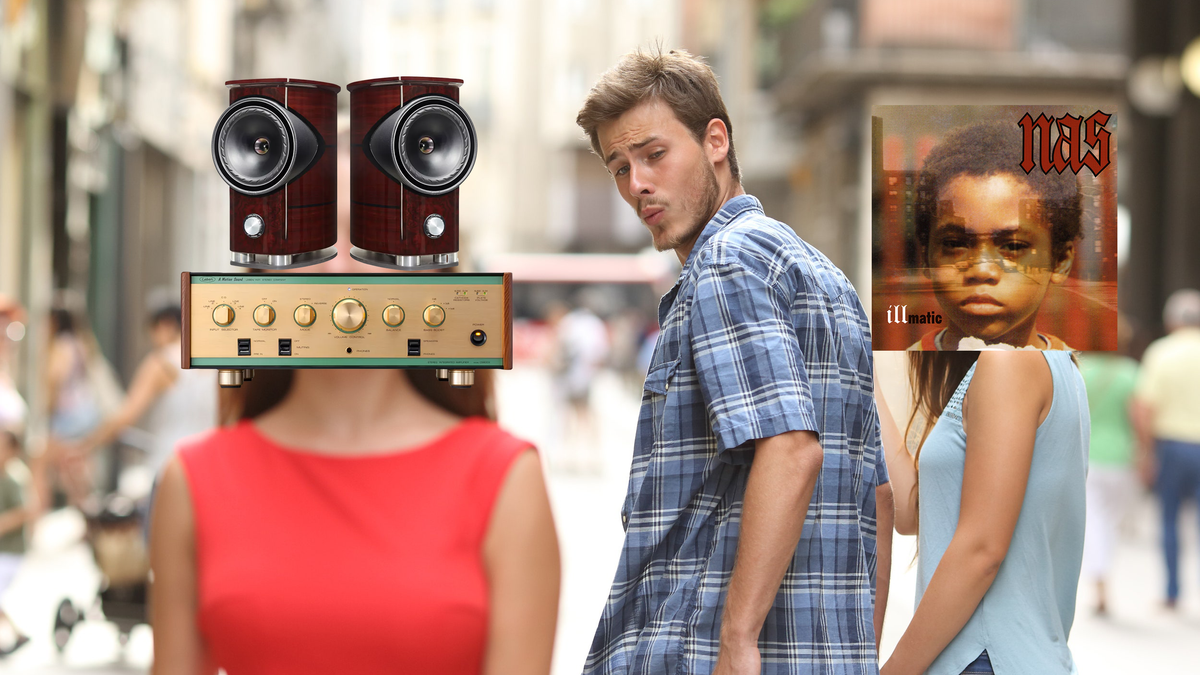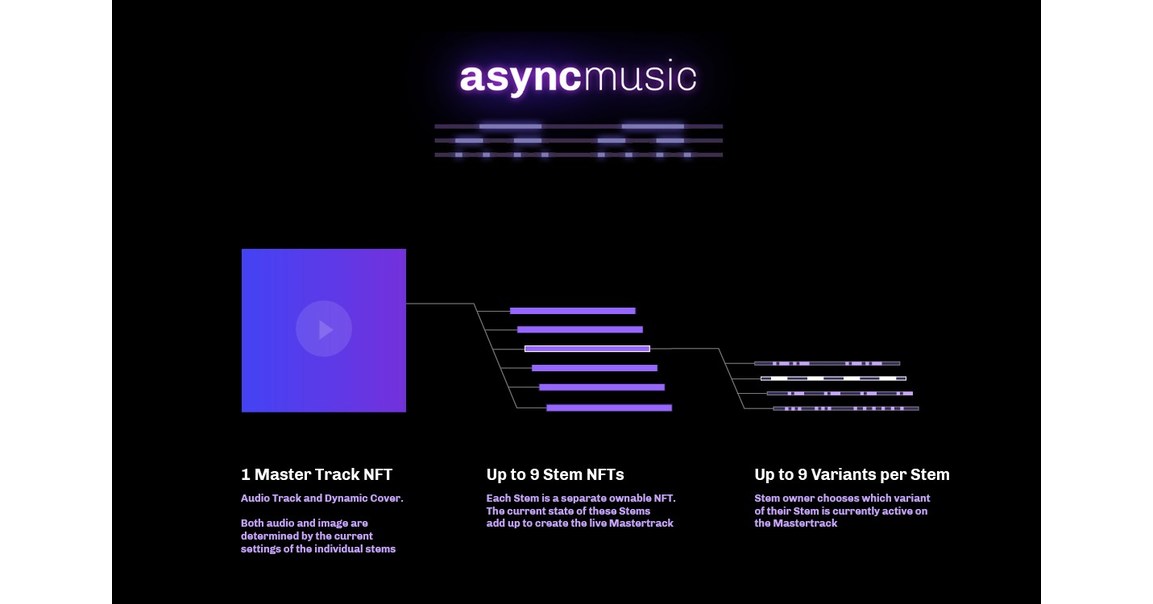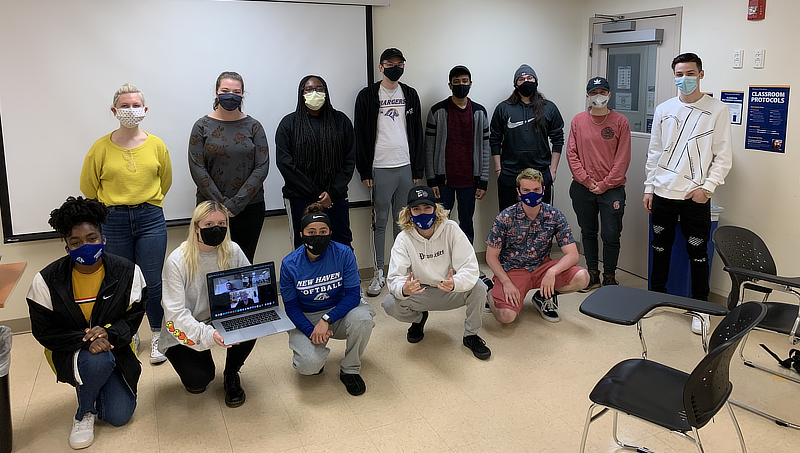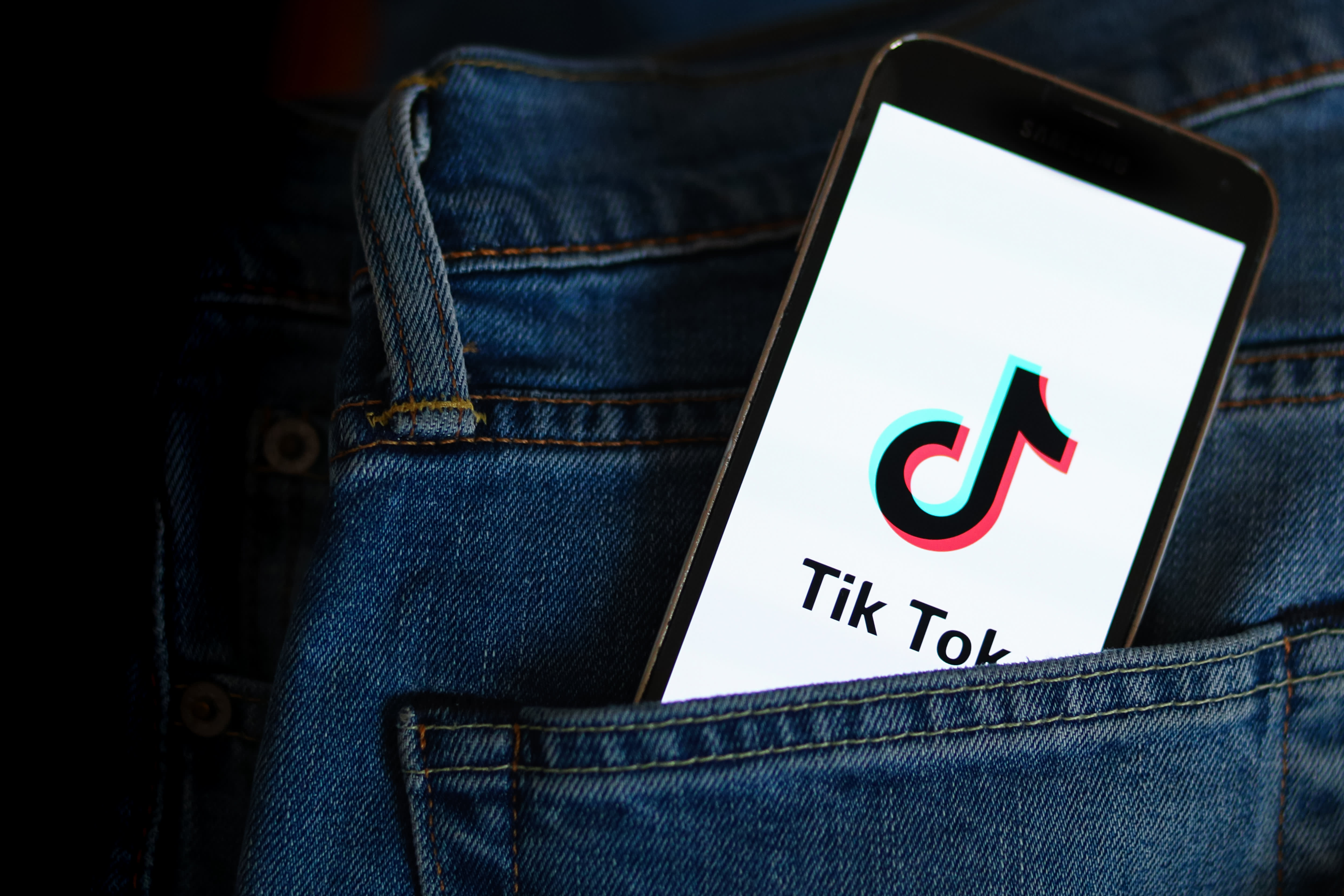
Thanks to the British label NMC Recordings , I quickly found what I was looking for in the Irish composer Ed Bennett's "Freefalling," the opening track from his October release "Psychedelia."
Ten minutes long, it is a testament to truth in titling: a frenetic ride that blends queasy glissandos with rousing exclamations fit for an action-movie montage. That same mixture of experimentalism and show business can be heard elsewhere on the album, like the multi-movement "Song of the Books." I made a note to check in with NMC more frequently.
In the half-year since, the label has continued to put out a string of winning recordings, including, this month, "Nature," the first full-length collection of orchestral pieces by the English composer Tansy Davies. Like Bennett, Davies isn't afraid of obvious debts to cinema; some of the high-flown motifs in the first movement of her "What Did We See?" might bring to mind John Williams's "Star Wars" scores. But the rest of her four-piece suite has its own ruggedly lyrical identity. And the glinting, melodically fragmented Davies piano concerto that gives the album its title is another showstopper.
When I heard "Nature" alongside "This Departing Landscape," a lush February release from the Scottish composer Martin Suckling, it was clear that NMC entered the pandemic with a strong production schedule already in place. While the label has long balanced nurturing young ( sometimes very young ) talent with serving as a kind of house label for Britain's established avant-garde, this recent spate of recordings has been noticeably light on veteran names. (Bennett and Davies are in their 40s; Suckling turns 40 later this year.)
The liner notes for "This Departing Landscape" include an encomium from one the British scene's elders, Julian Anderson. Anderson observes that Suckling has studied with the American composer Martin Bresnick, as well as with George Benjamin, who is British, but that his output resembles the work of none of his teachers.
When praising Suckling's "bewilderingly diverse" Piano Concerto, Anderson asks, "How can the hyperactive polyrhythms of the opening part belong in the same climate as the vast landscape of the central slow movement, or as the complex deployment of extended instrumental techniques in movement four?"
His short answer to his own question is that this music is "rich, generous, exuberant and positive," and that the "power of the contrasts" seems persuasive, even on a first listen.
Suckling's worldliness helps make those contrasts possible. In a recent interview for the website Presto Classical , he highlighted his interest in Morton Feldman (1926-87), whose meditative sensibility also informs contemporary American composers like Tyshawn Sorey. Discussing Feldman's extraordinarily long later works, Suckling has said that "there's a hugely touching intimacy in spite of the scale." He's after something similar in his Piano Concerto, underneath all that whirling variation.
There are likewise diverse references in the works of the other younger composers on the NMC roster. Davies made her name with chamber works featuring funk-forward bouquets, including "Neon." She has also described her "Grind Show" as "a superimposition of two scenes: the foreground in a bawdy dance hall, and the background a rainy landscape at night."
The Next Bet in Music: Artist Services - WSJ
Most global hit songs are still products of the major-label system, but scores of smaller and midsize artists are finding success—and careers—on their own. Many up-and-comers kick off their careers as independents, landing more lucrative label deals once they have gained traction on SoundCloud, Spotify, YouTube or TikTok. But even in those deals artists are demanding more, including retaining ownership over their music, further supporting Downtown's proposition.
If you're more into hi-fi than music, that's a problem | What Hi-Fi?

Always give your opinion piece an incendiary or inflammatory headline, and then follow that up with a provocative statement and a hardline stance you'll spend the rest of the article attempting to climb down from:
There is no such thing as a test track, no such thing as real music and nobody takes your existence as self-appointed cultural gatekeeper at all seriously.
I'm not referring specifically to you, of course. But we all know someone to whom this does refer, don't we? (If you don't then please concentrate, because I probably am referring to you.)
Firstly, I have to raise my hands and admit my role in this circus of snobbery. I am a part of this industry, after all, which tends to celebrate machinery over art. I spend most of my time explaining why a lack of dynamic expression with this or that component makes it undeserving of your attention beyond my review.
I don't even hide particularly well the part I play in the whole test track phenomenon, to be honest. I've written literally tens of articles listing them and my name is on the top of every single one.
But if there is a hill I'm prepared to die on, it is that music cannot be treated as a science. Music is vital, and it is to do with the soul. Not forgetting that is the key to doing this job.
So I suppose it's worth distinguishing between what I refer to as test tracks in those articles, and what I mean for the purpose of this one.
When I test an amplifier or pair of speakers , I have to use music. There's no real way around that. So by definition there are test tracks, but their only defining feature is that they are music. Some highlight certain aspects of sound better than others, and that is what I try to get across when making suggestions, but mostly I'm just trying to share music I like. The most important point is that those lists are varied.
What I can't abide is the idea that there are tracks that can and tracks that can't be used for testing hi-fi. That only the very cleanest recordings, or those of a certain genre, are capable of telling us how well a piece of equipment is performing.
The World's First Programmable Music Launch

SAN FRANCISCO , April 29, 2021 /PRNewswire/ -- Async Art launched its programmable art platform in February 2020 , allowing artists to create dynamic art with blockchain technology that could be altered by multiple owners or external stimuli (time-based changes, statistical data, etc.). In just one year, the platform was the first to be featured at Christies, sold single artworks at 6-figure ranges, and was featured on major media platforms like NPR, Yahoo Finance, and others. This success has enabled Async Art to add a new product offering to its platform: programmable music.
Async music allows musicians for the first time to create a changeable menu of audio composites that allow multiple versions of a single song. Musicians upload all audio variations - called Stem Layers - for a future owner to choose their favorite version and create the latest iteration of the song- called a Master Track- for everyone to listen to.
Instead of being the passive listener, the owner is now an active participant in the creation and evolution of the music.
"We want to create a new medium of art and music for creators," Conlan Rios , CEO and Founder of Async says, "These are NFTs that utilize the power of blockchain to make something completely new instead of replicating a traditional medium in the digital world."
Async Music differentiates from other NFT platforms by adding utility and interactivity to their art and music collectibles. Collectors can purchase Stem Layer NFTs whose main value lies in affecting the dynamic Master Track, as well as have the opportunity to purchase Blank Records NFTs that can be used to snapshot an audio-visual version of the Master Track.
The first premiere of programmable music span across many genres with several established musicians: Grammy-winning EDM artist RAC, choral ensemble Verdigris Ensemble, English punk band HMLTD, and crypto community favorites Connie Digital & Mighty33 for hip-hop. Each musician brought their unique take of creating and engaging with music on Async platform.
Async Art is a new art movement built on the blockchain. Create, collect, and trade programmable art: digital paintings split into "Layers", which you can use to affect the overall image. Art that can evolve over time, react to its owners, or follow a stock price is now all possible with programmable art. Launched in February 2020 , there has already been over $8M in bid volume on the platform and over $2.2M in artist sales.
Chargers Organize Concert to Support Music Industry - University of New Haven

The coronavirus pandemic has been particularly hard on the music industry, since music venues have not been able to hold in-person concerts in more than a year. Students taking an innovative course at the University of New Haven are planning a virtual concert to help support these venues.
Maddie Rund '23 is looking forward to when in-person concerts are safe to hold and attend after the pandemic. In the meantime, she has been working all semester to organize a virtual concert – one that will help ensure that concert venues have the resources they need to open up again when it is safe to do so.
Because COVID-19 has been particularly difficult for the music industry, the students will be donating the proceeds to the National Independent Venue Association (NIVA), which provides relief to venues as part of the NIVA Emergency Relief Fund.
The virtual concert will take place on Saturday, May 1, at 6:30 p.m. University of New Haven students can visit myCharger to get a code that can be used at checkout for a discount on tickets. Viewers will enjoy performances by Cam Meekins, Caleb Giles, Mandala, Kasi & the 5th Dimension, and Chris Chase.
DeJesus, Rund, and their classmates have been working in groups to plan the event, each focusing on a different aspect of the planning, including branding and advertising, accounting and sponsorship, artist booking, and event production. Students have been working with their teammates and as a class to plan the event, and they have secured sponsorship from local companies.
"This has been a wonderful opportunity to practice perseverance," said Rund. "It's highlighted the importance of strong communication and dedication. I've enjoyed having a part in planning our concert, especially as a member of the branding and advertising team, since it's showed me what I have to look forward to after graduation. We've learned resilience when we've encountered challenges, and we've been creative when brainstorming ways to overcome them."
DeJesus, who created the logo for the event, has been part of the marketing and branding group. She says what she's already learned from the course has been invaluable.
"I've learned that having the ability to communicate with others is such an important skill to have," she said. "Communicating effectively inside and outside of my team has made it so much easier to collaborate and get our ideas out there. This has been a great experience because I will carry the skills I've learned from this class into my career."
Rund is looking forward to the concert, and she's glad she and her classmates can help support the music industry during what has been an especially challenging time.
Billboard Music Awards 2021 First Finalists Announced | Billboard

Two other categories -- top Latin male artist and top rap female artist -- were also revealed Wednesday (April 28) by E! Daily Pop and Access Hollywood , respectively.
Billboard Music Awards finalists and winners are based on key fan interactions with music, including album and digital song sales, streaming, radio airplay, and social engagement, tracked by Billboard and its data partners, including MRC Data. This year's awards are based on the chart period of March 21, 2020 through April 3, 2021. Fan-voted categories this year include top social artist and top collaboration.
The Billboard Music Awards are produced by dick clark productions, which is owned by MRC. MRC and Penske Media are co-parent companies of Billboard.
'Our ethos was happy music and good vibes': genre-busting Black British band Osibisa | Pop and
Osei nods in agreement at the suggestion his sound was prescient. "I was born in Kumasi, Ghana's second city, and played highlife with my band the Comets in the 1950s. I shifted to Accra but I wanted to go abroad." He travelled to London in 1962. "I got work in a hotel, washing dishes, and enrolled in evening classes. I played jazz and rock'n'roll, often working with my fellow Africans – we were one community. Back then, there were very few Africans in London. Now it's full up!" He laughs, then adds: "But it's good they all got a chance to come here."
"I wanted to make a difference to the African music scene," says Osei. "I wanted to make a different sound." Initially so poor the band were forced to rehearse in Osei's Finsbury Park basement flat, it was when three Caribbean musicians joined that Osibisa found their sound. "Wendell Richardson could play rock guitar," explains Osei.
"Fela was very friendly to me, maybe because we both play keyboards," says Robert Bailey, a co-founder of Osibisa, who remains in the band. "The first time we met him in Lagos, I remember he was so pleased to see all of us." Bailey was only 19 when he joined, finding "the music fascinating. It was very familiar to me with all the rhythms that I had played and listened to in Trinidad." Not only did the eight musicians bond but, he says, audiences also responded immediately.
What is he most proud of? "Osibisa," he says, "brought Black people together in America, the Caribbean and Africa. Osibisa gave Africans confidence in their own music."
Goldman Sachs: Music stocks to buy in 2021

Goldman Sachs has said record labels and music publishers are set for a strong rebound as younger audiences continue to flock to TikTok to watch short videos.


No comments:
Post a Comment